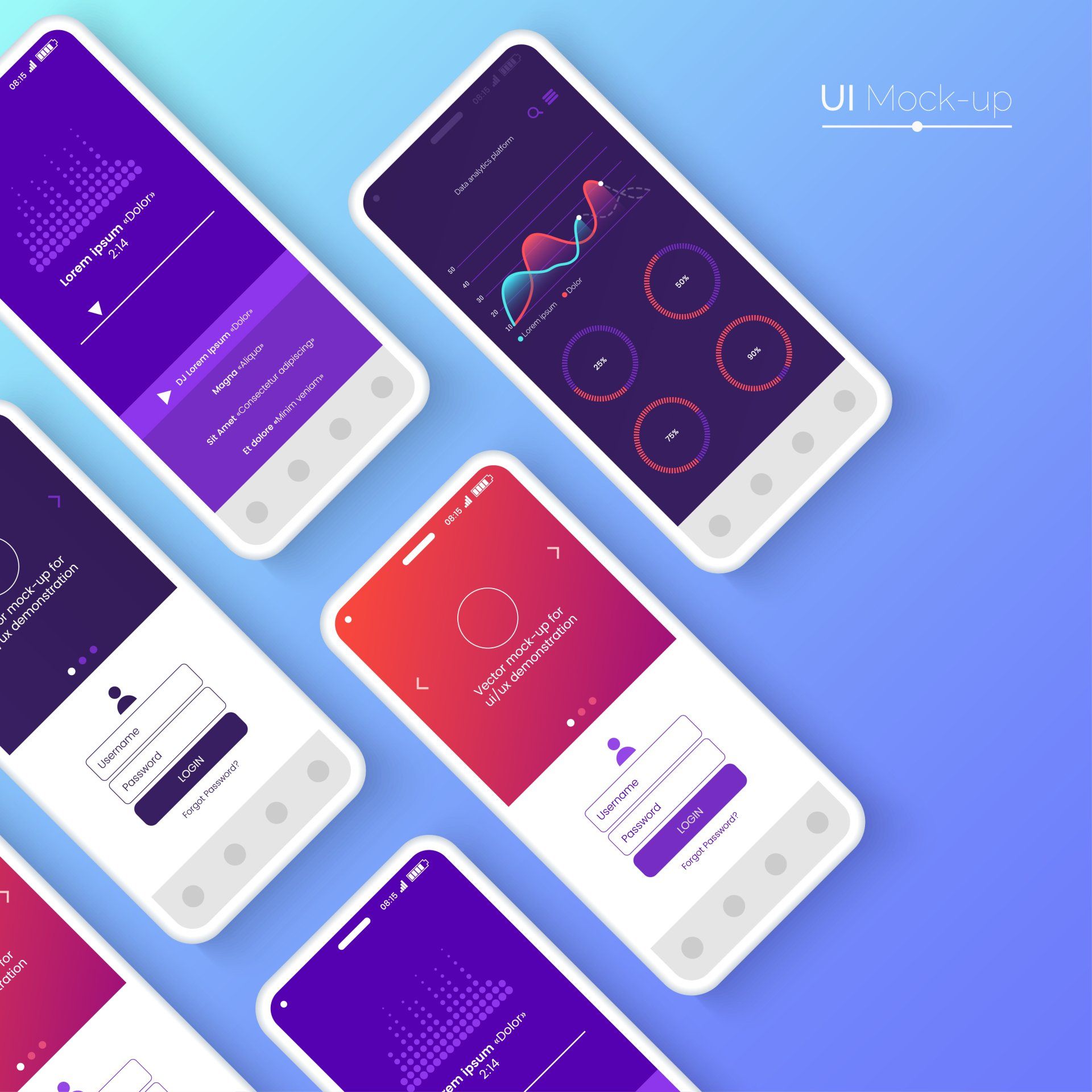
The Ultimate Guide to Mobile Optimization: Approaches for Enhancing Site Efficiency on Smartphones and Tablets
The techniques for enhancing site performance on mobile systems go past simple adaptation; they encompass a comprehensive approach that entails receptive design, speed optimization, web content methods, and individual experience enhancements. By delving into the intricacies of mobile optimization, businesses can not just satisfy user assumptions however also remain ahead in a competitive electronic landscape.
Value of Mobile Optimization
Mobile optimization plays a critical role in boosting individual experience and driving conversion prices in the ever-evolving digital landscape. With the increasing usage of mobile phones and tablets for searching the internet, ensuring that web sites are optimized for smart phones has become imperative for services - Mobile Optimization. A mobile-optimized site not just adapts flawlessly to various screen dimensions but additionally tons rapidly, supplying customers with a smooth and satisfying browsing experience
In today's hectic globe, customers expect instantaneous access to details on the go. A web site that is not maximized for mobile gadgets threats losing prospective consumers due to slow down filling times or a poor interface. By spending in mobile optimization, companies can accommodate the demands of their mobile audience, resulting in greater involvement and enhanced conversions.
Additionally, search engines like Google prioritize mobile-friendly web sites in their positions, making mobile optimization essential for enhancing exposure and bring in natural traffic. Mobile Optimization. In general, the value of mobile optimization can not be overemphasized, as it straight influences customer satisfaction, conversion rates, and overall company success in the digital world
Responsive Design Techniques
Executing responsive design strategies ensures that websites dynamically adjust their format and material based on the user's tool display size, offering a consistent customer experience throughout numerous systems. Among the most common approaches made use of in responsive design is developing fluid grids that enable material to resize proportionally to the screen dimension. This makes sure that aspects on the webpage keep their family member spacing and arrangement, maximizing the checking out experience for individuals on various gadgets.
Additionally, making use of versatile images that can scale with the dimension of the viewport assists prevent pictures from being cropped or misshaped on smaller displays. CSS media queries play a crucial duty in responsive layout by enabling developers to use certain styles based on the tool attributes such as screen width, elevation, and orientation. By leveraging media inquiries, websites can adjust their format and style to match mobile phones, tablet computers, and desktop displays flawlessly.
Integrating receptive design methods not only improves user experience however also contributes to boosted search engine positions, as internet search engine like Google prioritize mobile-friendly internet sites in their mobile search results page. By accepting receptive design, sites can satisfy the varied needs of individuals accessing content on a selection of devices, ultimately driving interaction and conversions.
Rate and Efficiency Optimization

One secret method is optimizing photos and multimedia material to reduce documents dimensions without compromising top quality. Pressing images, leveraging modern-day picture layouts like WebP, and careless loading offscreen photos are efficient methods to accelerate load times (Mobile Optimization). Reducing HTTP demands, leveraging browser caching, and minimizing server action times are essential actions in enhancing efficiency.
Implementing a material delivery network (CDN) can likewise dramatically increase internet site speed by dispersing web content click resources across numerous web servers worldwide, lowering latency for users accessing the website from different areas. Focusing on crucial above-the-fold content and deferring non-essential manuscripts can additionally improve perceived performance. By concentrating on rate and performance optimization, sites can provide a smooth and rewarding user experience on mobile tools.
Mobile-Friendly Content Methods
To maximize web content for mobile phones, it is important to focus on readability and engagement through calculated format and concise messaging. Mobile-friendly content techniques include customizing the discussion of details to match the smaller sized displays and on-the-go nature of smart device and tablet users. One key aspect is to guarantee that text is quickly understandable without the requirement for focusing, using font sizes that are readable on mobile screens. Furthermore, separating material into shorter paragraphs and using bullet points can help boost readability and make it easier for customers to eat info swiftly.
Incorporating appealing visuals, such as photos and video clips maximized for mobile viewing, can additionally boost the total customer experience. These visuals ought to matter, high-grade, and lots quickly to stop users from wearying. Moreover, integrating interactive elements like tests, polls, or studies visit this site right here can enhance user involvement and encourage energetic engagement.
Individual Experience Enhancements
Building on the foundation of mobile-friendly content strategies, improving customer experience entails enhancing every touchpoint to guarantee seamless communication and satisfaction for mobile individuals. One important facet of improving user experience on mobile devices is making sure quickly filling times.
Optimizing kinds for mobile individuals by lessening the number of fields and utilizing auto-fill features can additionally improve the overall customer experience. By concentrating on these user experience improvements, internet sites can properly engage and retain mobile site visitors.
Final Thought
In conclusion, mobile optimization is crucial for boosting web site performance on mobile phones and tablets. By applying responsive layout methods, optimizing rate and performance, producing mobile-friendly content, and improving user experience, organizations can successfully reach and engage with their mobile target market. It is vital for websites to adapt to the raising mobile usage fads in order to remain affordable in the electronic landscape.